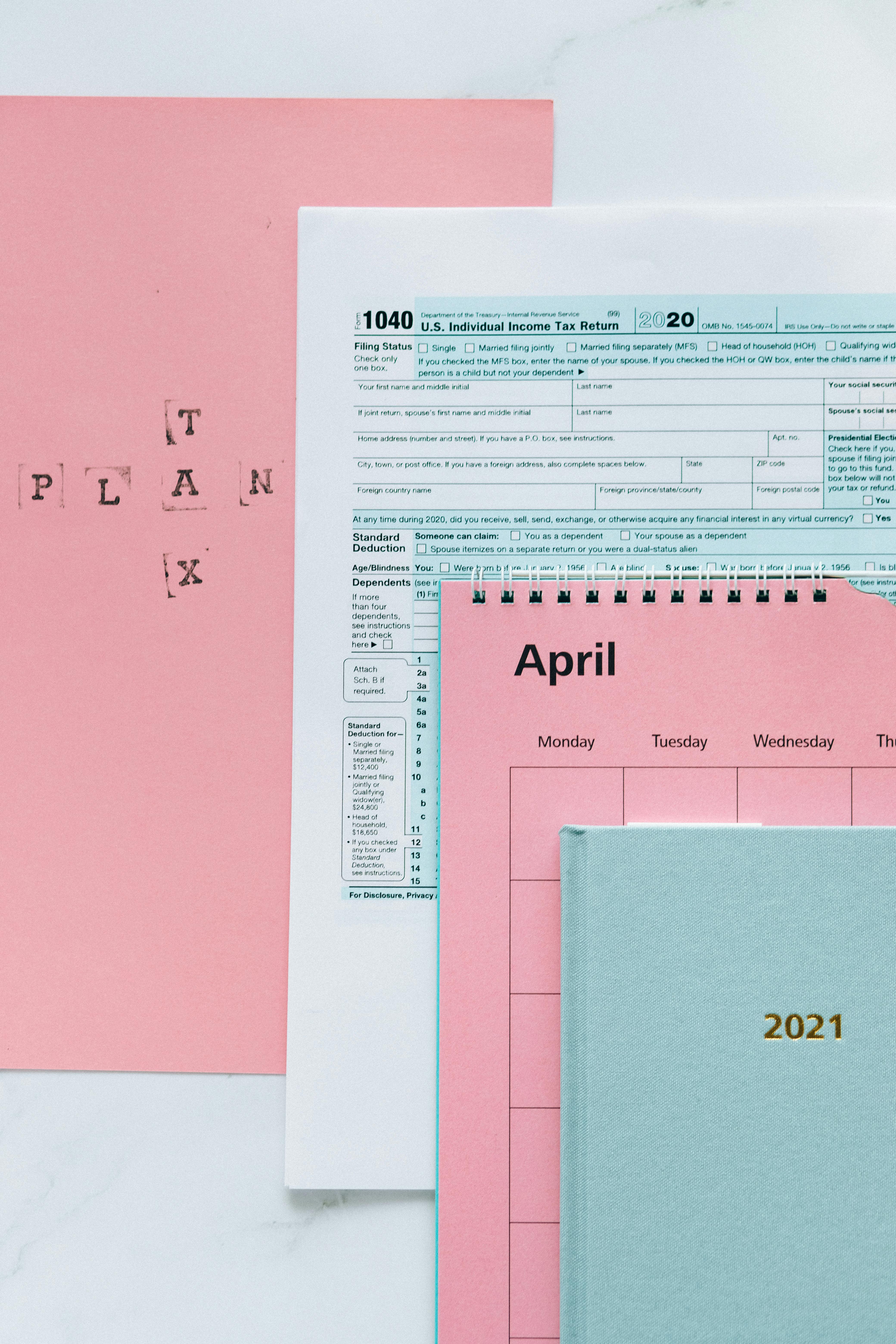Smart Ways to Understand Candlestick Patterns for Profitable Trading in 2025

Effective Ways to Read Candlesticks for Successful Trading in 2025
Candlestick charts have been a fundamental tool for traders for centuries, providing vital insights into market behavior and trends. Understanding how to read candlesticks is essential for any trader, whether you're involved in forex trading, cryptocurrency trading, or stock markets. The ability to analyze candlestick patterns can significantly enhance your trading strategies, helping you identify entry and exit points, gauge market sentiment, and execute trades based on a deep understanding of price action.

In this guide, we will explore effective ways to read candlesticks, focusing on key patterns such as bullish and bearish candlesticks, reversal patterns like dojis and hammers, and advanced techniques for time frame analysis. Understanding candlestick formations not only improves your technical analysis skills but also helps in predicting market trends accurately. By the end of this article, you will have a comprehensive roadmap for mastering candlestick chart analysis, enabling you to make informed trading decisions in 2025.
Essential Guide to Candlestick Chart Analysis
Building on the basics of candlestick analysis, let's delve deeper into what makes these charts an essential part of a trader’s toolkit. Candlestick charts provide visual representations of price movements over specific time frames, illustrating four key points: open, high, low, and close. By understanding these elements, traders can interpret market strength and sentiment effectively.
Understanding the Open, High, Low, Close
The open, high, low, and close (OHLC) are crucial components of candlestick patterns. The open is the price at which the asset begins trading during a specific time period, the high is the peak price reached, the low is the lowest price during that period, and the close is the final price when trading ends. Altogether, these values help traders visualize market trends.
For example, when a candle closes higher than it opens, it indicates bullish sentiment. Conversely, if the close is lower than the open, it signals bearish sentiment. This information can enhance your candlestick reading skills and improve your overall risk management.
Recognizing Bullish and Bearish Candlesticks
Bullish and bearish candlesticks are essential for visualizing market sentiment. A bullish candlestick typically appears with a wide body, indicating strong buying pressure, while a bearish candlestick is associated with a long body filled in, highlighting substantial selling pressure. Recognizing these patterns allows traders to make strategic trading decisions.
For instance, a strong bullish candlestick occurring after a downtrend may indicate a potential reversal, signaling an opportune moment to enter a long position. Conversely, a bearish candlestick appearing after an uptrend might suggest an impending downtrend.
Candlestick Patterns That Indicate Reversals
Identifying candlestick reversal patterns is crucial in predicting market movements. Common reversal patterns include the doji candlestick, hammer candlestick, and engulfing patterns. A doji indicates indecision in the market, while a hammer suggests a potential price reversal from a downtrend. An engulfing pattern occurs when one candlestick body fully engulfs the previous one, signaling a likely reversal.
Each of these patterns provides significant insights into trader psychology and market sentiment, enabling you to act swiftly on trading signals.
Trading Strategies with Candlesticks
With these fundamentals established, let’s explore how to effectively integrate candlestick patterns into your overall trading strategies. Different candlestick strategies can be utilized for day trading, swing trading, or even cryptocurrency trading, depending on your specific trading goals.
Developing a Candlestick Trading Strategy
To develop a successful trading strategy using candlesticks, it’s paramount to combine candlestick analysis with other technical indicators. For instance, you can utilize moving averages or volume indicators alongside candlestick patterns to strengthen your trading decisions. Combining these elements creates a holistic view of the market and enhances the effectiveness of your trading signals.
Furthermore, practice with real-time candlestick charting tools ensures you refine your ability to read market sentiment accurately and make informed trading decisions consistently.
Identifying Trends with Candlestick Patterns
Understanding how to identify trends with candlesticks is key to maximizing your investment returns. Traders often analyze candlestick combinations over multiple timeframes to gauge market direction. For example, analyzing daily and weekly candlestick charts together can provide a broader perspective of market momentum.
Moreover, knowing when to apply multi-timeframe analysis can dramatically improve your risk management strategy. Selecting the right timeframes ensures you can capitalize on both short-term and long-term trends.
Effective Risk Management with Candlestick Insights
Effective risk management is an integral part of any trading strategy. By studying candlestick formations, traders can place stop-loss orders more effectively, ultimately protecting their investment capital. For example, if a bullish candlestick forms after a significant decline, placing a stop-loss just below the recent low can provide an excellent balance between risk and reward.
Additionally, understanding market depth through candlestick analysis can aid in determining your position size and calculating potential profit targets.

Understanding Market Sentiment Through Candlestick Patterns
This naturally leads us to the importance of gauging market sentiment through candlestick formations. Candlesticks provide vital insights into public emotion, which in turn drives market behavior. By interpreting candlestick movements, traders can better understand market psychology and anticipate price changes accordingly.
Analyzing Trading Volume Alongside Candlesticks
When assessing candlestick patterns, it's essential to analyze trading volume in conjunction with price movements. Increased trading volume during the formation of a bullish candlestick indicates strong buyer interest, while low volume may suggest a lack of conviction in the price move. Therefore, tracking volume allows traders to filter out false signals and increases the reliability of their trading strategies.
For instance, if a bullish engulfing pattern forms alongside significant volume, it often suggests sustained upward momentum, reinforcing confidence in entering a long position.
Utilizing Trading Indicators with Candlestick Charting
Many traders employ additional technical indicators in tandem with candlesticks to enhance their analysis. Indicators such as the Relative Strength Index (RSI) or Moving Average Convergence Divergence (MACD) provide further context to candlestick patterns, helping traders confirm signals. For example, if a bullish candlestick pattern coincides with an RSI value indicating oversold conditions, the likelihood of a price reversal increases substantially.
Leveraging Empathy in Trading – Understanding Trader Psychology
Lastly, empathy in trading is crucial for gaining an edge over less experienced traders. By understanding trader psychology, you can make more informed decisions based on the fears and desires driving market movements. For instance, recognizing when fear is prevalent can indicate potential buying opportunities, while overlooking social sentiment may lead to missed chances.
Q&A Section: Common Candlestick Queries
What are some basic candlestick patterns every trader should know?
Some fundamental candlestick patterns include the doji, hammer, bullish engulfing, and bearish engulfing patterns. Each of these provides insights into potential market reversals and are essential for effective candlestick analysis.
How can I integrate candlestick analysis into day trading?
In day trading, utilize shorter time frames to analyze candlestick patterns in real-time. Combine candlestick insights with volume and momentum indicators to refine your trading decisions effectively.
What common mistakes should I avoid when trading with candlesticks?
A common mistake is over-relying on candlestick signals without considering other technical indicators. Additionally, ignoring the broader market context or failing to adopt proper risk management practices can lead to unfavorable outcomes.
Conclusion: Mastering Candlestick Strategies for Future Success
As we move into 2025, mastering the art of reading candlesticks will remain a cornerstone of successful trading. By applying the strategies and insights shared in this guide, you can navigate the complexities of the financial markets with confidence and acumen. Remember, effective trading goes beyond patterns; it involves understanding market dynamics, trader psychology, and maintaining discipline in your trading strategies.
Utilize these candlestick analysis techniques to optimize your trading approaches, enhance your market predictions, and ultimately, achieve your financial goals in the evolving world of trading.